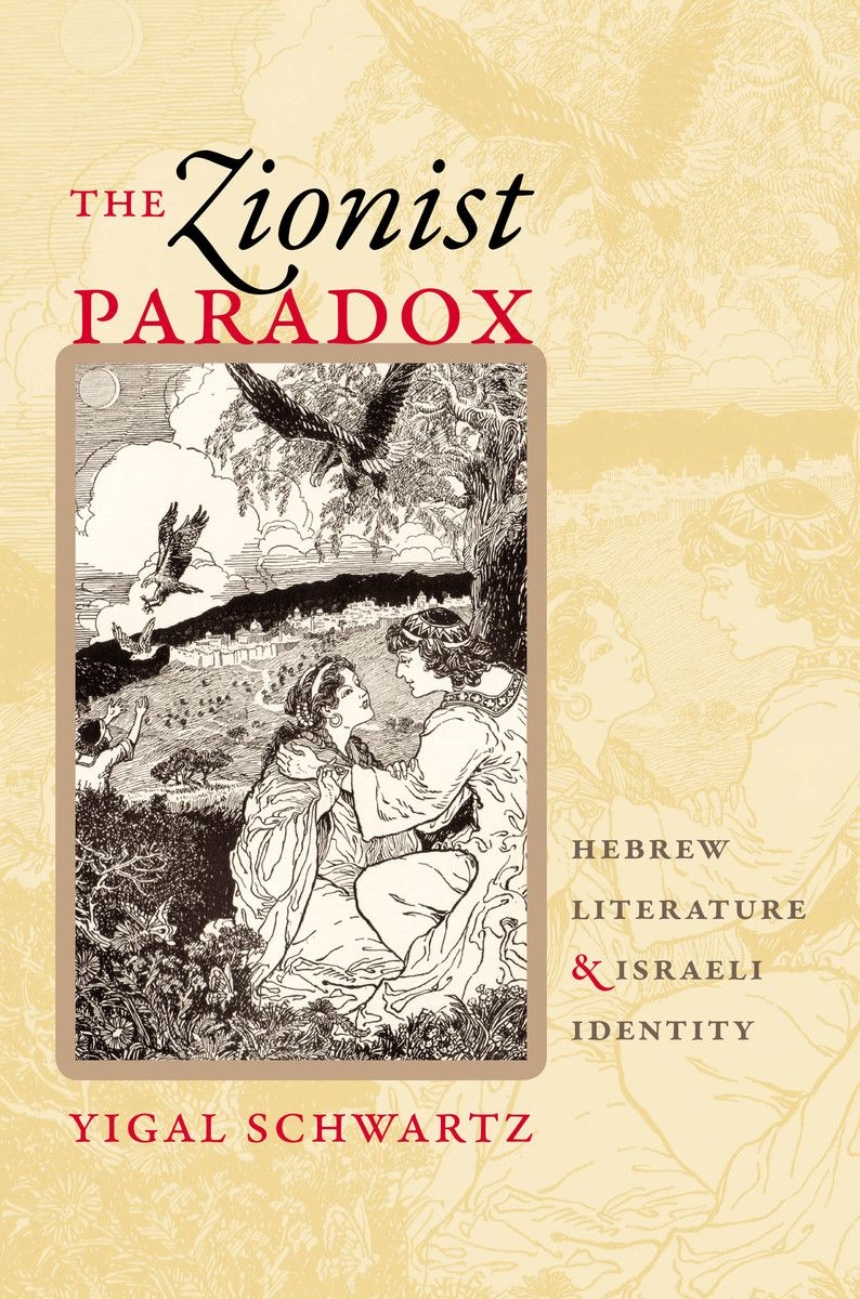Distributed for Brandeis University Press
The Zionist Paradox
Hebrew Literature and Israeli Identity
Many contemporary Israelis suffer from a strange condition. Despite the obvious successes of the Zionist enterprise and the State of Israel, tension persists, with a collective sense that something is wrong and should be better. This cognitive dissonance arises from the disjunction between “place” (defined as what Israel is really like) and “Place” (defined as the imaginary community comprised of history, myth, and dream). Through the lens of five major works in Hebrew by writers Abraham Mapu (1853), Theodor Herzl (1902), Yosef Luidor (1912), Moshe Shamir (1948), and Amos Oz (1963), Schwartz unearths the core of this paradox as it evolves over one hundred years, from the mid-nineteenth century to the 1960s.
Table of Contents
Preface and Acknowledgments • Introduction • Avraham Mapu, The Love of Zion (1853): The Beautiful Daughter of Zion, the (Faux) Shepherd Boy and the Cutting Up of the Monster • Theodor Herzl, Altneuland (1902): Shall These Dry Bones Live • Yosef Luidor, “Yoash” (1912): The Taste of Freedom and Space • Moshe Shamir, He Walked in the Fields (1948): It Turned Out It Was All Fake . . . • Amos Oz, “Nomads and Viper” (1963): A Short, Patched European Jacket over a White Desert Robe • Notes • Bibliography • Index

